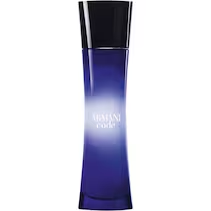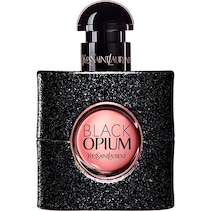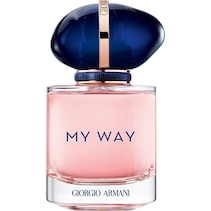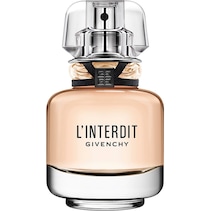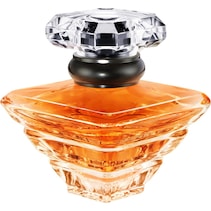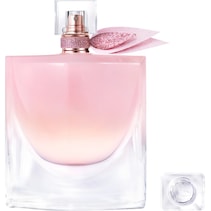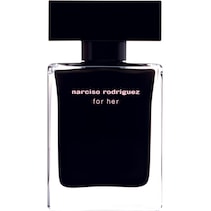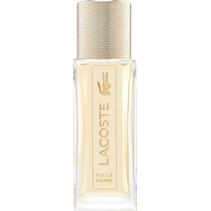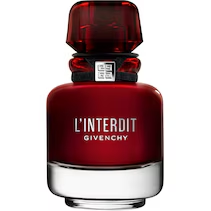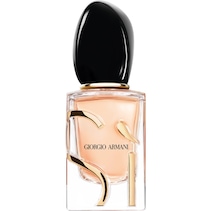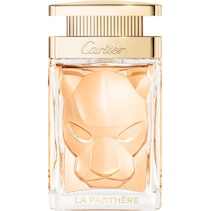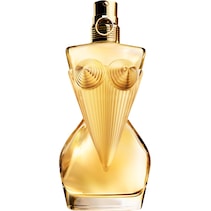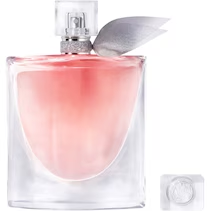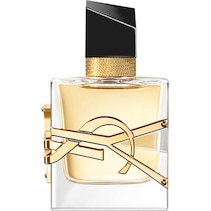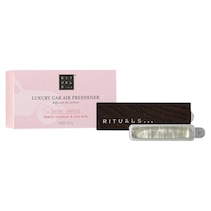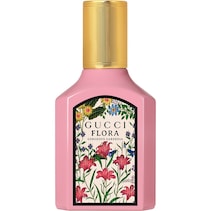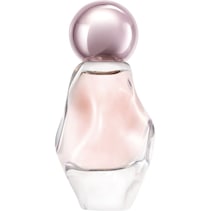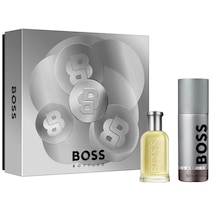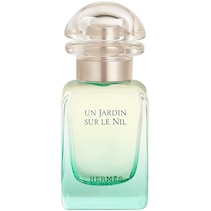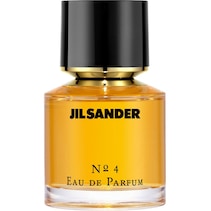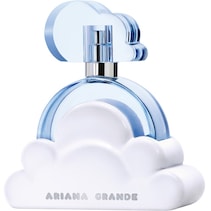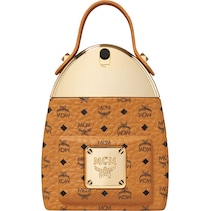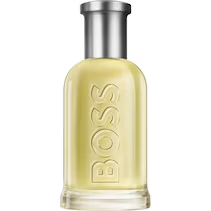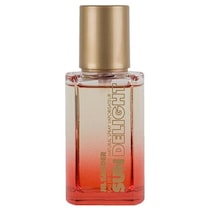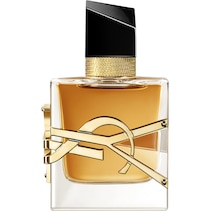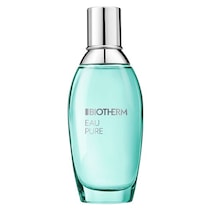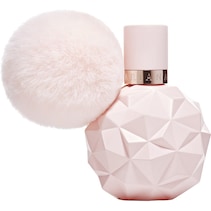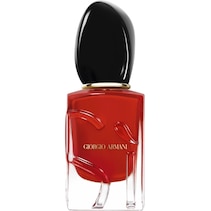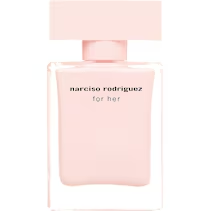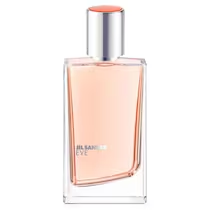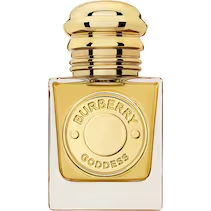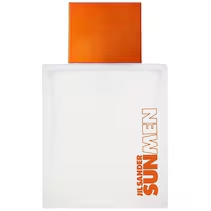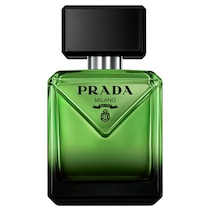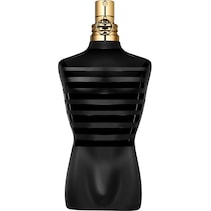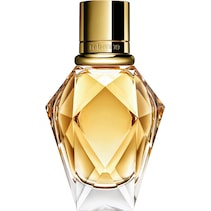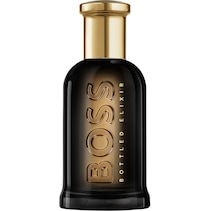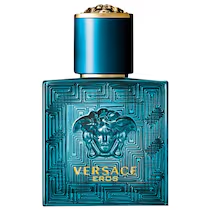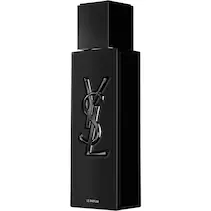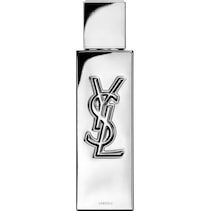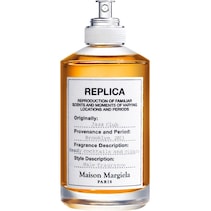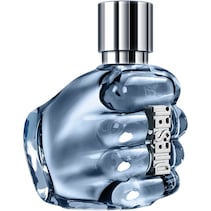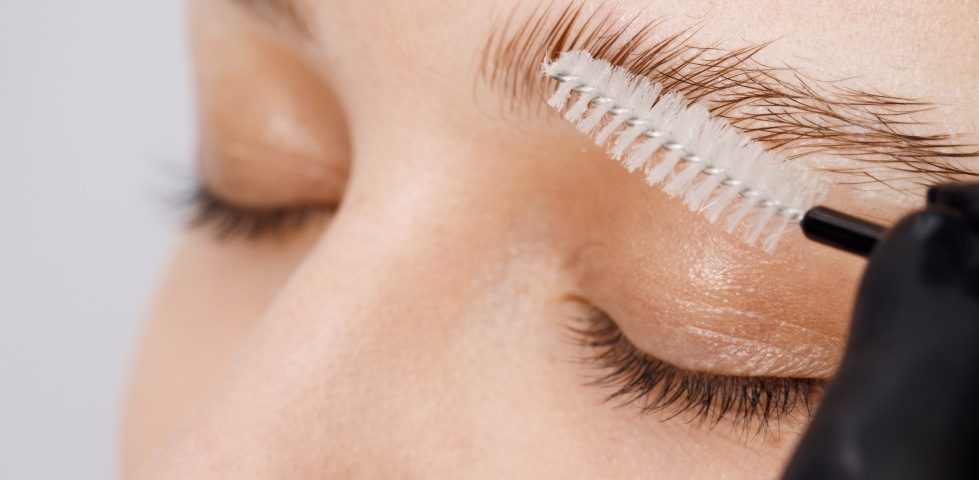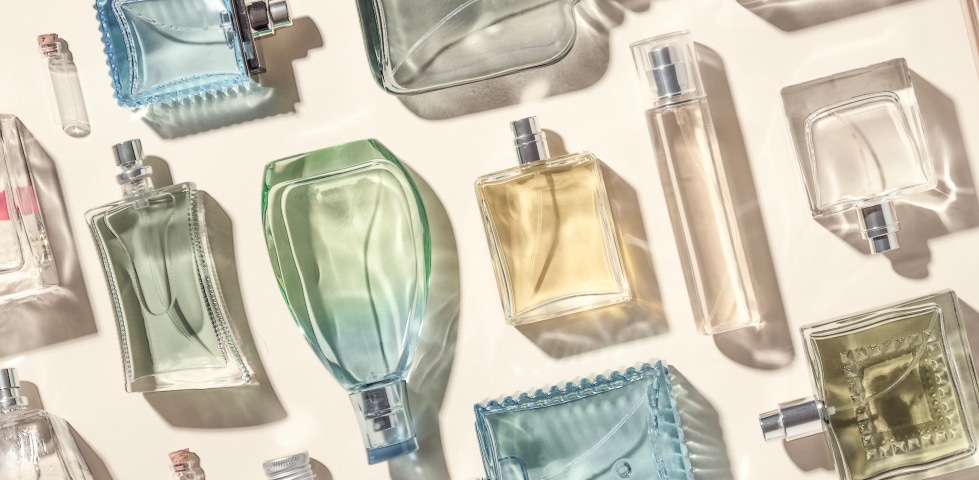
Perfume layering – create your ideal scent
There are so many fragrances out there to choose from. But what if you could create your own individual fragrance that emphasises your personality and matches all your preferences? With perfume layering, you can extract the nuances from your fragrances that you particularly like and perhaps discover new favourite scents. Find out the best way to layer perfume here.
18 June 2024 • 4 min. reading time
Table of contents
What is perfume layering?
Layering simply means putting one thing on top of another. When layering perfumes, you do just that: you spray on one perfume after another. This causes the individual notes to overlap and amplify and/or neutralise one another. In this way, you can create a completely new fragrance experience. Perfume layering is perfect if you:
- want to make the scent of your favourite perfume last longer.
- want to play with different nuances any way you like.
- would rather avoid throwing away fragrances you don’t like and would like to try creatively tweaking them instead,
- want to create your very own personal signature scent that no one will be able to copy any time soon.
Perfume layering basics: what you should know beforehand
No matter how complex a fragrance creation may seem – every perfume can be roughly categorised and broken down into nuances. The perfume pyramid is a simple model used to show the olfactory structure of a perfume. The base note is the foundation of a perfume and can be perceived for the longest. However, it only develops its full intensity after some time. The heart note describes the character of the perfume and dissipates after a few hours. The top note is the most fleeting and gives you a first impression of the fragrance. With perfume layering, you can now tease out the base note by enhancing it with a similar nuance. But more on that later.
Harmonious perfume layering: the fragrance families
For successful combinations, you should categorise your perfumes into the basic fragrance families. This will make it easier for you to combine nuances later on.
- Floral: lovely, warm fragrances – usually captured by roses, jasmine, ylang-ylang, lily of the valley or lilies.
- Fruity: summery, pretty fragrances – strawberry, peach, apple and cherry beguile your nose.
- Oriental: heavy, intense scents with a strong character – vanilla, cinnamon and incense are classic ingredients in these exotic fragrances.
- Woody: earthy scents with that special something – rosewood, sandalwood, patchouli and vetiver imitate a walk through the woods.
- Chypre: a fresh, citrusy fragrance with a woody finish – light lemon, orange and grapefruit dance in your nose.
Don’t know which fragrance family your perfume belongs to? In the parfumdreams online shop, you will find the top, heart and base notes of the perfumes on each product page. In general, perfume layering is like cooking: if two ingredients match in flavour, they will also create a harmonious fragrance.
Floral perfumes
Fruity perfumes
Woody perfumes
Perfume layering for beginners – the basics
Mixing perfumes sounds complicated but it’s really not that difficult. A good nose and a love of experimentation are all you need to get started. Before you venture into the fine art of complex fragrance compositions, the best way to start perfume layering is with a few simple exercises and tried-and-tested combinations.
Amplifying the same line of fragrance
Many brands offer different products from the same fragrance line. For instance, you can start by using the shower gel and then apply the matching body lotion. You finish with a spray of Eau de Toilette. This not only lets you pick up on the individual nuances more clearly, you also experience different levels of intensity with each step. A further advantage: these products are often available in affordable gift sets.
Combining two perfumes of the same fragrance family
Floral meets floral, fruity meets fruity, etc. This results in a new creation. In this exercise, you train your nose to sniff out and harmonise similar families. It doesn’t have to be two perfumes. Fragrance layering also works with body lotion and a pure essential oil.
Synchronising base notes
If the base notes of your perfumes contain notes from the same fragrance family, they will most likely be compatible. Fragrance families that are close to each other also harmonise well together: for example, floral and fruity fragrances are highly compatible.
Opposites attract
Trust your senses – sometimes even opposing stimuli can be very pleasant. For example, sweet and savoury go well together in food. The same applies to perfumes: be brave and try more daring combinations mixing opposing fragrance families, such as woody and floral.
Perfume layering tips– create your signature scent
The first question you should ask yourself when layering perfume is this: What do I like about a specific perfume that I would like to amplify? Or from the other perspective: Which nuance bothers me and should be pushed more into the background? This forms the basis for harmonious perfume layering. Let’s say your favourite fragrance has an earthy vanilla note, but also a dominant, citrusy side. You have two options. Either you amplify the earthy tone by combining it with a perfume (or fragrance oil) rich in vanilla or you give the fragrance a lighter touch by accentuating its citrusy side with a fresh nuance. You should also try out the following perfume layering tips:
- Sweeten: pure vanilla sweetens, enriches and deepens the original fragrance. It also extends the shelf life.
- Freshen: citrus adds a fresh, sporty touch to sweet creations.
- Deepen: musk gives the fragrance more substance, but also an animalistic side – be careful with the amount you use.
- Concentrations vary: Have you discovered a combination with strong potential? Play with the number of sprays you apply to further refine your signature fragrance. How about a ratio of 3:1 or even 5:1 instead of 1:1?
- Molecule perfumes: These fragrances have the particularity of only developing their final character once on the skin – and it smells different on every person. This makes them ideal for perfume layering and experimenting with your signature fragrance.
- Test first: To find out whether you like a combination, you can spray it on a tissue first. This way you don’t run the risk of having to go through the day with a fragrance combination that you don’t like.
- Side by side instead of on top of each other: Instead of classic perfume layering, simply spray the different fragrances on different parts of your body. This makes it easier for you to monitor the intensities and sniff out winning combinations.
- Start with the heavy notes: The heaviest fragrance usually lingers the longest. You should therefore spray it on your skin first and then refine it with lighter nuances.
FAQ
Takeaway
Always follow your nose – with perfume layering, you can enjoy the creative freedom that is usually only available to perfumers. Experiment with your favourite fragrances to your heart’s content. Emphasise individual aspects or tone down overly dominant notes. With fragrance layering, you can let your olfactory imagination run wild and completely rediscover the world of perfume. Don’t let yourself be put off and simply try out what you like.


